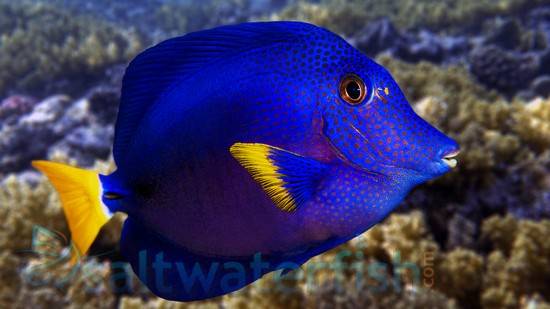The Bucktoothed Tetra (Exodon paradoxus) is found in the Rio Branco, Guyana and throughout the Brazilian Amazon. They are usually found over sandy bottoms in slower moving waters that flow through the savanna like grasslands.
Although the Bucktoothed Tetra gets its name from their uniquely designed mouth that allow it to rip the scales from other species, they show no signs of actually having teeth.
They are a highly predatory species that have a light tan body with two distinct black spots; one below the dorsal fin and the other just before the caudal fin. The dorsal fin is colored a bright red, and males tend to have slightly elongated dorsal and anal fin rays.
Females of the species are plumper than males.
Because they will quickly strip the scales from any other fish in their proximity, they are definitely NOT a community tank fish.
They are best kept in a single species biotope tank setup with at least a dozen or more of their own kind. 25 to 50 or more fish in a large tank is considered a reasonable amount for this species.
When kept in smaller groups, even with piranhas and more aggressive species, the fish will pick the scales off each another until only one fish is left in the tank. In larger shoals, the fish can’t target a single specimen as easily though you can still expect some losses. They do seem to get along with loaches, eels, and other scaleless species.
Bucktoothed Tetras require a large, densely planted tank of at least 55 gallons, with a sandy substrate, and a few driftwood branches and roots to mimic their natural habitat and provide bullied fish with places to hide. Because they are maintained in large groups, they need adequate filtration and a small powerhead to provide some water movement. When placing fish into the aquarium, place all the fish in the tank at one time or the fish will regard new additions as food.
Breeding Bucktoothed Tetras has rarely been accomplished. They are an egg scattering species that will quickly eat their eggs. Place a conditioned pair into a separate breeding tank with a fine mesh bottom. The mesh should be small enough to prevent the pair from getting to the fertilized eggs that make it to the bottom of the tank.
The water should be at a pH of 6.0 to 6.5 and between 72 and 82°F. A single large water change of 40% to 50% with slightly warmer water will often induce spawning. Immediately after spawning is completed, remove the parents from the tank.
The eggs will hatch in approximately 2 to 3 days and the fry should be free swimming shortly thereafter. Feed the fry freshly hatched baby brine shrimp and keep a close watch on them as they grow out as cannibalism is likely to occur. When this happens, remove over sized fish to different tanks.
In the wild, Bucktoothed Tetras feed on insects, invertebrates, and the scales of other fish species. In an aquarium environment, they will accept fresh, frozen or freeze dried bloodworms, chopped prawn, mussels, earthworms and frozen lancefish. Most of the time if they are farm raised, they will also accept dried food pellets or flakes. They are greedy, violent feeders and go into a frenzy during feeding. To prevent bullying, make sure all the fish in the tank are well fed.
Bucktooth Tetras are not commonly available to tropical fish keeping enthusiasts, but are available online and from specialty shops at a size of 1 1/2″ to 2″ in length.
Minimum Tank Size: 55 gallons
Care Level: Moderate
Temperament: Aggressive
Water Conditions: 73-80° F, 1 to 12°H, pH 5.6 – 7.2
Max. Size: 5-6”
Color Form: Black, Tan
Diet: Carnivore
Compatibility: Not for community tanks
Origin:
Family: Characidae
Lifespan: 10 years
Aquarist Experience Level: Experienced


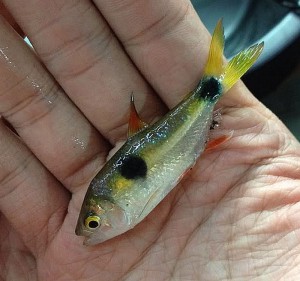
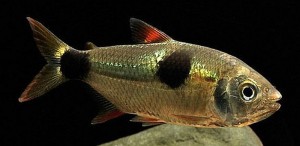

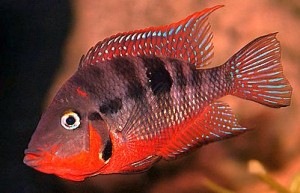
 should be used to protect the roots and minimize uprooting.
should be used to protect the roots and minimize uprooting.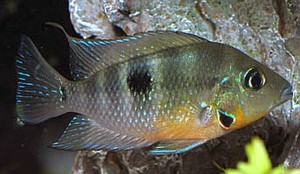

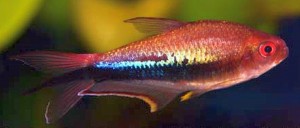
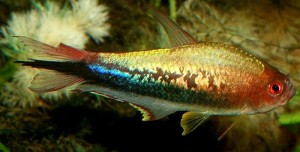

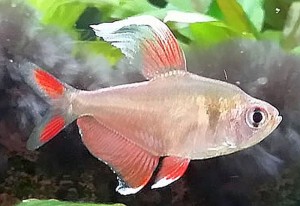
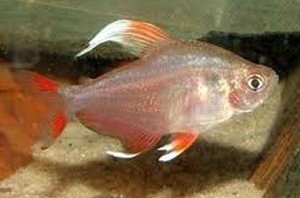

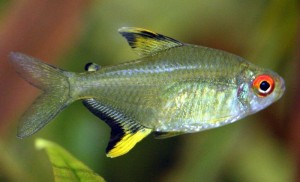
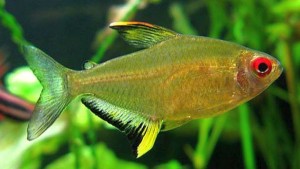

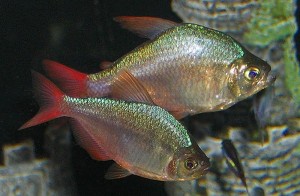


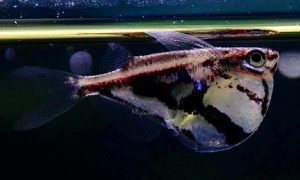
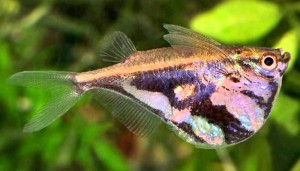




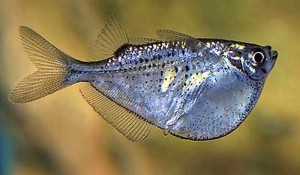
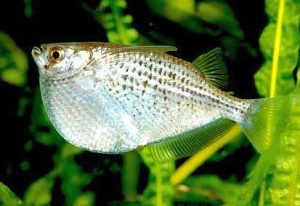

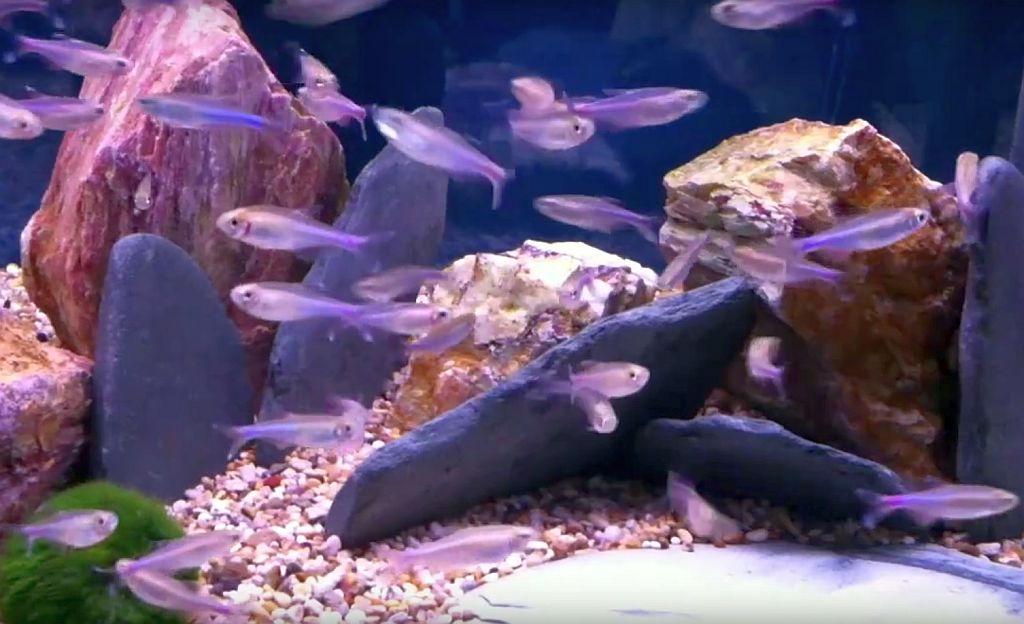
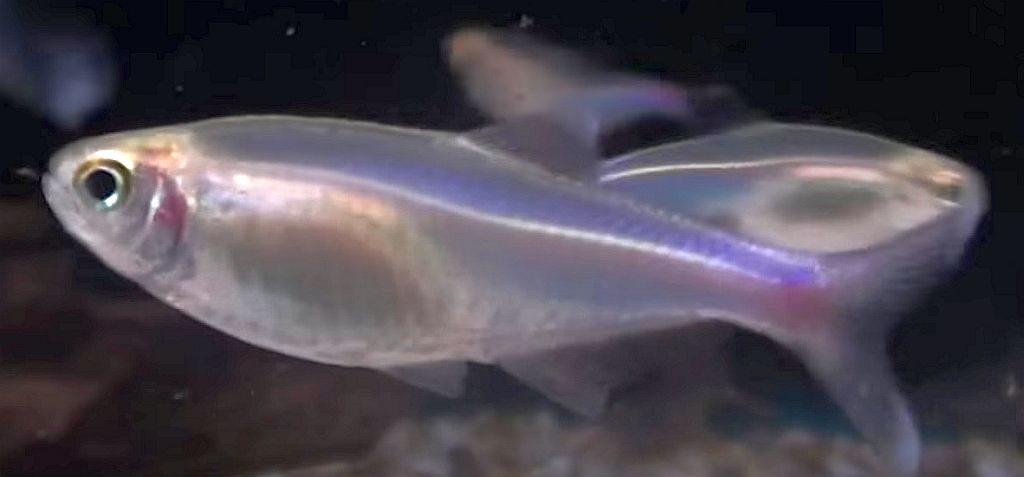

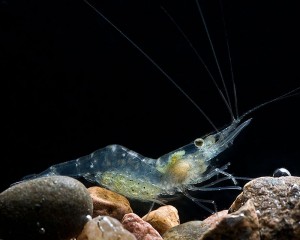
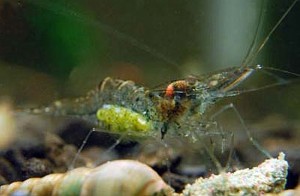

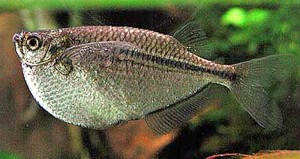
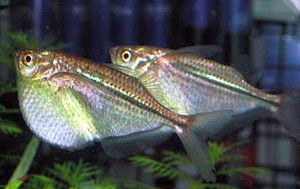

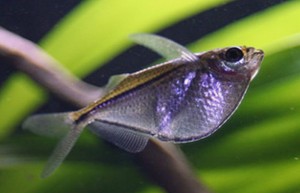
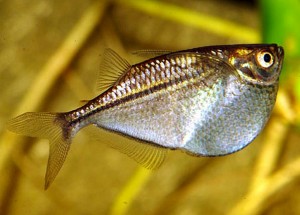

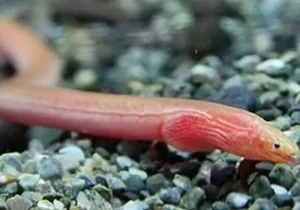
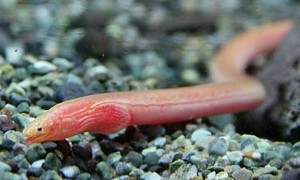
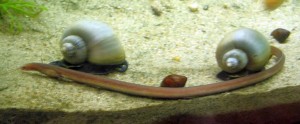
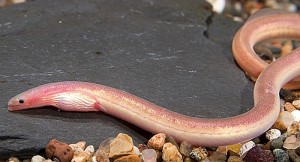

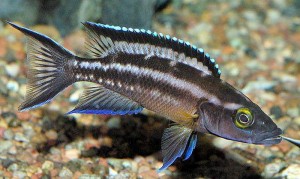
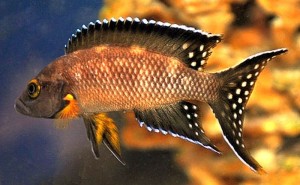
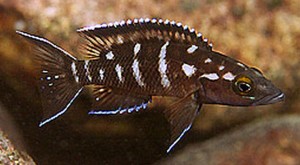
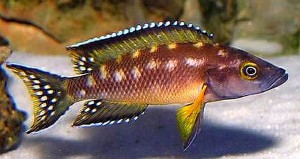

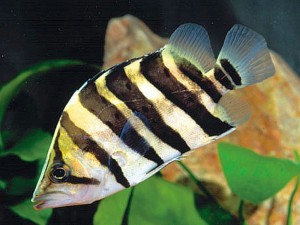
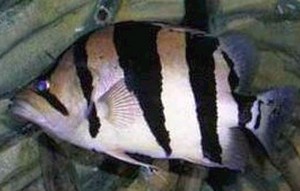

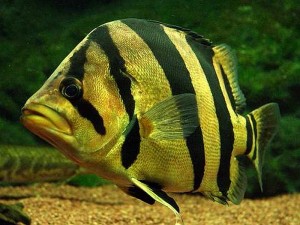



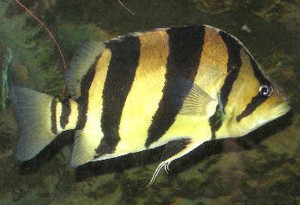

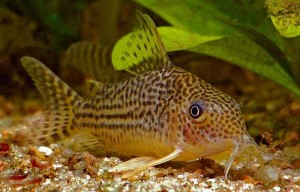
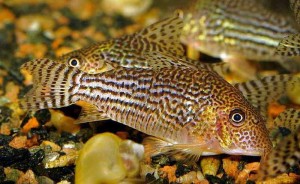

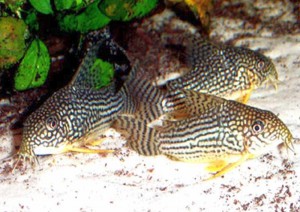
 ) and crevices under rocks or bogwood in their tanks for hiding places, but it is best to avoid substrates with sharp or jagged edges that can damage their sensitive barbels and undersides. Fine sandy substrates are best for this species.
) and crevices under rocks or bogwood in their tanks for hiding places, but it is best to avoid substrates with sharp or jagged edges that can damage their sensitive barbels and undersides. Fine sandy substrates are best for this species.
